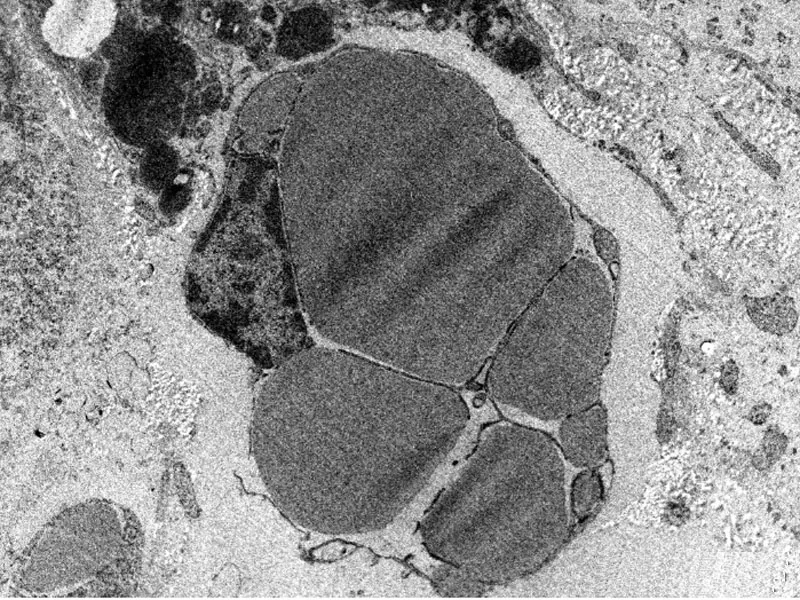Report of Cerebellar Hypoplasia in Three Calves
DOI:
https://doi.org/10.24070/bjvp.1983-0246.006005Keywords:
bovine viral diarrhea, cattle, cerebellar malformation, opisthotonusAbstract
Hereditary or acquired cerebellar hypoplasia (CH) is commonly diagnosed in Holstein, Guernsey, Shorthorn and Jersey cattle. Bovine viral diarrhea (BVD) has been associated to acquired CH due to viral infection during the second trimester of pregnancy. Stricken calf usually shows ataxia, hypermetria, opisthotonus, intentional tremor and wide-based stance when in standing position. Three newborn calves were referred to the FCAV/Unesp Veterinary Teaching Hospital because of neurological distress. The clinical presentation, similar in all cases, indicated CH. Two weeks later, clinical signs did not improve and euthanasia was performed. Macroscopic examination revealed a gelatinous serosanguineous fluid over the brain surface and within the cervical spinal canal. Histologically the cerebellum had disorganization of the internal granular layer and moderate disappearance of Purkinje cells. The observed clinical signs and nervous tissue lesions were consistent with congenital cerebellar syndrome, possibly associated to viral infection during fetal development. Despite CH has been assumed to be related to BVD, blue tongue and Akabane viruses, only the BVD etiology has been already identified in Brazil.


